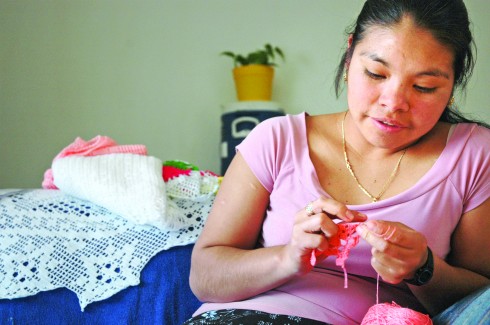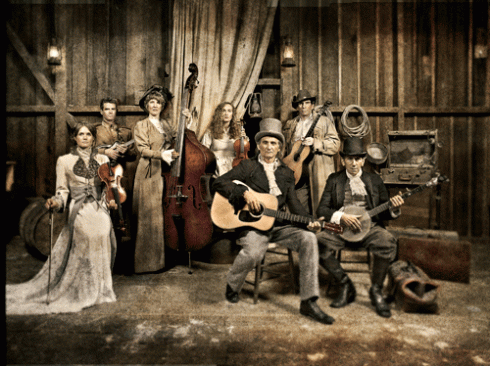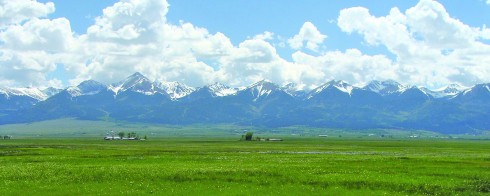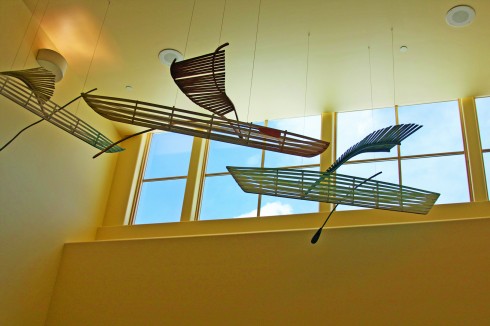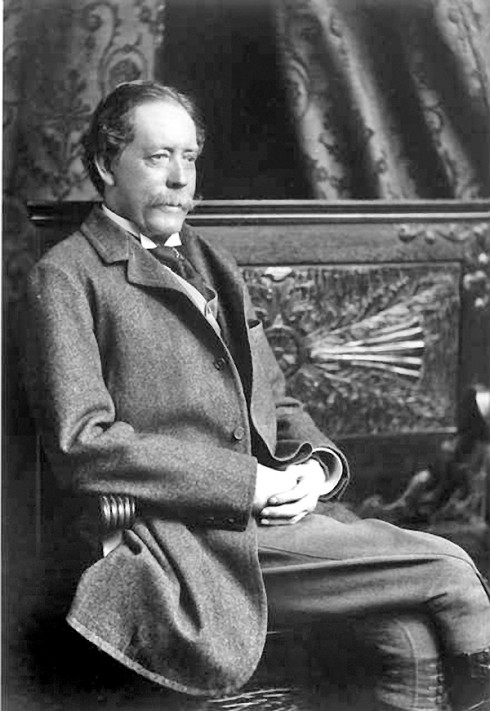Story and photos by Will Shoemaker
The similarities in topography alone are striking. Rugged, mountainous terrain, where eking out a living can be arduous, is nothing new for the Cora Indians of Mexico who have found a new home in the Gunnison Valley.
Natives of the Sierra Madre Mountains of the state of Nayarit in western Mexico, the Cora are people of the mountains through and through – independent, strong, thick-skinned and capable of overcoming most any adversity thrown their way.

